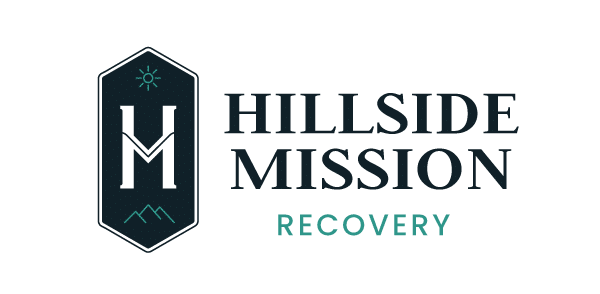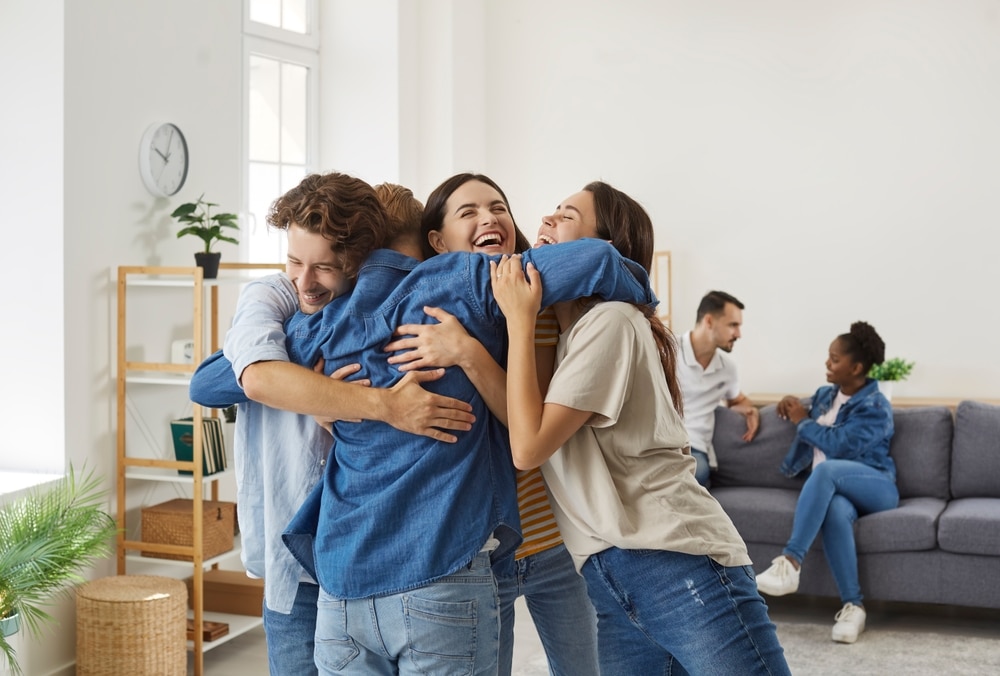Anxiety can strike at any time, with symptoms severe enough to disrupt daily function. Finding professional anxiety therapy can help you manage symptoms and prevent panic attacks from spiraling out of control if you are struggling with an anxiety disorder. Anxiety therapy does not have to be talk therapy alone; it can include things like medication, relaxation techniques, and exposure therapy.
Hillside Mission Recovery is a luxury drug rehab in Mission Viejo that can help.
Relaxation Techniques
If you or someone close to you is trying to manage anxiety and panic attacks, anxiety therapy is an excellent form of long-term treatment, but in the moment of an anxiety attack or severe anxiety level, relaxation techniques can help you prevent symptoms from getting worse.
Panic attacks are not something you need to learn to run away from or avoid. Relaxation techniques help you remain present until your anxiety has subsided, recognizing what you are experiencing and why it matters.
Surroundings
Several relaxation techniques might prove fruitful for you. The first is to take note of your surroundings. This is a form of mindfulness, and it helps you to take an actual inventory of things like:
- Sights
- Smells
- Sounds
- People
- Backgrounds
This can help you focus on the present instead of trying to run away from your anxiety or letting it run away with your emotions.
Reassurances
Some people like to have some kind of reassurance, which might be a relaxation technique used in conjunction with your surroundings. With regular anxiety therapy, you might learn to practice things like rubbing the meat of your hand in between your thumb and forefinger to help you remain mindful. You might instead use calming and reassuring phrases like “I am having a panic attack. Nothing here can hurt me.”
Meditation
Meditation is another aspect of mindfulness that can help you in the midst of a panic attack or control other anxiety symptoms. Meditation takes so many forms it’s easy to find a meditative opportunity no matter where anxiety might strike.
For example:
- People can utilize eating meditation during mealtime
- Driving meditation while on the road in traffic or
- Walking meditation while running errands
No matter the type of meditation you use, it offers a chance to focus on your breathing, avoid clavicular breathing, and instead take deep breaths that calm the nervous system, slow down your blood flow and adrenaline, and keep your mind on the present moment.
Yoga
When anxiety is high, yoga can be a gentle and easy way to bring your focus to your breathing and the present moment while stretching out your body to physically alleviate tension. Holding basic yoga poses offers a chance to turn your attention inward, recognize that symptoms of anxiety or a panic attack are temporary and will always pass, and engage in what matters most.
Walking
Walking can be a great way to burn off adrenaline from anxiety, control fear, and overcome panic attack symptoms without breaking a sweat. Walking does not have to be extreme or fast to be beneficial. It is also something that can be done just about anywhere.
Walking is often more useful if it takes place in a quiet, natural setting, like a nearby park, a nature trail, or along a river.
Journaling
Again, the goal during anxiety symptom flare-ups or in the midst of a panic attack is to learn from it. You might need to know something important, like what recently triggered the attack or what things are making it worse.
Journaling during or after can provide an opportunity for introspection. Some people like to keep a journal where they can write down things they are experiencing amid a panic attack, while others might simply journal on their phones.
Exposure Therapy
In certain circumstances, more extreme forms of therapy are needed, like exposure therapy. Exposure therapy can be particularly beneficial in overcoming the triggers themselves. Treatment will take place gradually with the help of a professional therapist who gives you specific assignments.
For example:
- If you have severe phobias regarding public spaces, your therapist might start by having you drive to a crowded Shopping Center and parking while remaining in your car for 15 minutes before going home.
- The second task might be to drive to that shopping center with a friend and go inside one of the stores.
- The third task might be going to one of the stores and having a coffee with your friend before driving home.
Medication Options
In certain cases, things like exposure therapy, traditional talk therapy, or relaxation techniques are insufficient. For these forms of severe anxiety, there are still opportunities to utilize anxiety therapy in conjunction with medication options.
Medication is most effective when combined with some form of therapy, like talk therapy, exposure therapy, and relaxation techniques. Non-benzodiazepine anti-anxiety medications or benzodiazepines can be effective forms of treatment for severe anxiety symptoms.
Depending on your circumstances, medication might be something you use short term, or it might be something that you rely on under specific circumstances for things like acute anxiety symptoms. In more severe cases, it might be something you use full-time to help you remain stable and avoid serious phobias or panic attacks.
If you are ready to get help, let Hillside Mission connect you to anxiety therapy that really works. Our Orange County inpatient treatment center can help.






